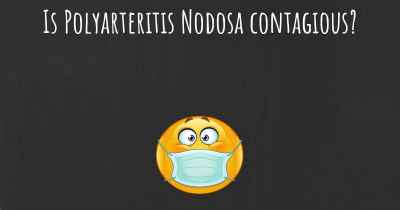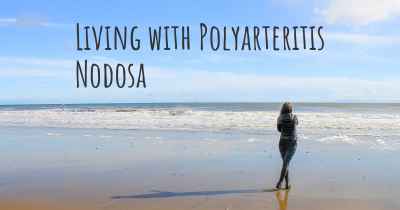Polyarteritis Nodosa diet. Is there a diet which improves the quality of life of people with Polyarteritis Nodosa?
Are you aware of a diet that can improve the quality of life of people with Polyarteritis Nodosa? Is there a diet that is suggested to avoid when having Polyarteritis Nodosa? See if there is a diet that can improve the quality of life of people with Polyarteritis Nodosa, recommended and to avoid food when having Polyarteritis Nodosa

Polyarteritis Nodosa Diet: Improving Quality of Life
Polyarteritis Nodosa (PAN) is a rare autoimmune disease that affects the medium-sized arteries, leading to inflammation and damage in various organs. While there is no specific diet that can cure PAN, adopting a healthy eating plan can help improve the overall quality of life for individuals with this condition.
The Importance of a Balanced Diet
A balanced diet is crucial for individuals with PAN as it can support the immune system, reduce inflammation, and promote overall well-being. Here are some dietary recommendations that may be beneficial:
1. Anti-Inflammatory Foods
Include foods that have anti-inflammatory properties, such as:
- Fatty Fish: Salmon, mackerel, and sardines are rich in omega-3 fatty acids, which have been shown to reduce inflammation.
- Colorful Fruits and Vegetables: Berries, leafy greens, and cruciferous vegetables like broccoli and cauliflower are packed with antioxidants that can help combat inflammation.
- Healthy Fats: Avocados, olive oil, and nuts contain monounsaturated fats that have anti-inflammatory effects.
- Whole Grains: Opt for whole grains like brown rice, quinoa, and whole wheat bread, which provide fiber and nutrients.
2. Limit Processed Foods
Avoid or minimize the consumption of processed foods, as they often contain high levels of unhealthy fats, added sugars, and preservatives. These can contribute to inflammation and worsen symptoms. Instead, focus on whole, unprocessed foods.
3. Adequate Protein Intake
Protein is essential for tissue repair and immune function. Include lean sources of protein such as poultry, fish, legumes, and tofu in your diet. If you have kidney involvement due to PAN, consult with a healthcare professional to determine the appropriate protein intake.
4. Hydration
Staying hydrated is important for overall health. Drink plenty of water throughout the day to support organ function and maintain optimal hydration.
5. Individualized Approach
It is important to note that each person with PAN may have unique dietary needs and restrictions. Consulting with a registered dietitian who specializes in autoimmune diseases can provide personalized guidance and help create a diet plan tailored to your specific requirements.
Additional Considerations
While diet plays a significant role in managing PAN, it should be complemented with appropriate medical treatment and regular monitoring by healthcare professionals. Medications prescribed by your doctor are essential to control inflammation and prevent organ damage.
Disclaimer: The information provided here is for educational purposes only and should not replace professional medical advice. Always consult with a healthcare professional or registered dietitian before making any significant changes to your diet.
Posted Mar 31, 2018 by Verna 3000








